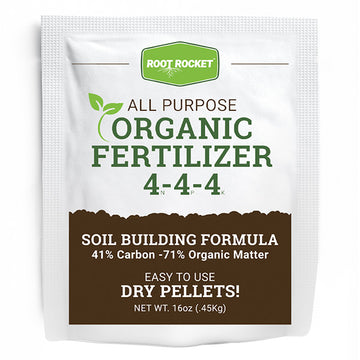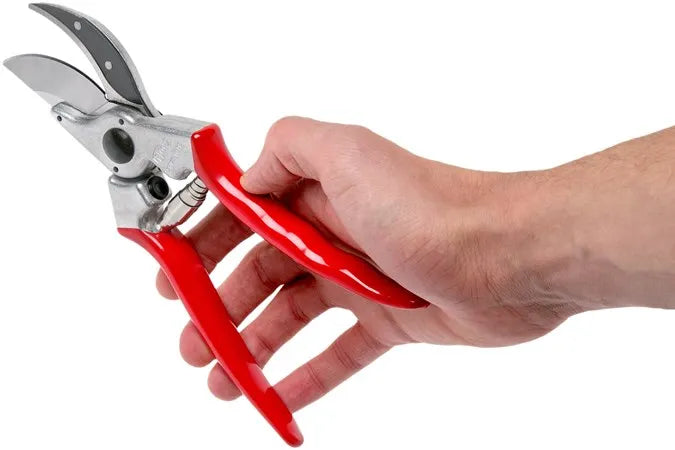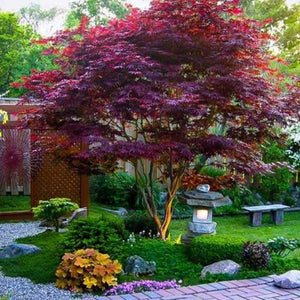Japanese Maples are some of the most popular trees in the world and for good reason. Not only are they extremely pleasing to the eye, but they also aesthetically transform any landscape. Japanese Maples come in an array of colors, textures, shapes, and sizes, and they are relatively easy to care for.
Before we dig deeper, it’s important to know that Japanese Maples don’t need routine pruning, and doing so can adversely affect the natural beauty of the tree. Since these beautiful trees are all unique and grow in their own distinctive way, it’s best to prune them carefully and as little as possible. Pruning of the Japanese Maple should be reserved for removing dead branches, and on occasion, shaping and stimulating vibrant new growth.
If you want to know how to prune Japanese Maples, you’ve come to the right place. Let’s start with the tools you’ll need.

How To Prune Japanese Maples
Pruning Tools
Here is a breakdown of the tools most commonly used to prune small to medium-sized trees such as the Japanese Maple. While you likely won’t need all of them, having these tools on hand can make any pruning job easier and more efficient.
Pruning shears are great to have on hand to trim small to medium-sized trees and shrubs. Most handheld pruners can cut branches up to ¾” thick. However, they are most commonly used for small branches, vines, and flowers. If you have some of the smaller Japanese Maple varieties, this tool is especially useful.
Loppers are great for pruning larger branches, those up to 2 1/2 “ thick. Loppers are similar to pruning shears, only they have a longer handle and longer, thicker blades.
Pruning saws are capable of cutting branches up to 5” thick.
Pole pruners, also known as long-reach pruners, combine the benefits of a saw and a lopper. These are perfect for trees and tall bushes that require the cutting of various- branches. They are especially helpful for hard-to-reach branches.
When to Prune your Japanese Maple
Once you have your tools, it’s important to know what time of year is best for pruning. When you prune your Japanese Maple is directly linked to what you want to accomplish. If you just need to cut off a dead branch or two, you can do that at any time. In fact, broken, dead, or diseased branches should be removed as you notice them, regardless of the season. For heavier pruning, such as for shaping and stimulating new growth, it’s best to trim your Japanese Maple in the summer or winter. As with most trees, winter is generally the best time to modify branch structure, while summer to very early fall is best reserved for thinning out the branches of a tree. Keep in mind, however, that if you live in a hot and humid climate, you should avoid pruning on hot, sunny days, as it causes more shock damage to the tree.
With respect to timing, one question we commonly get is whether or not you can prune in the spring and fall. The answer is yes you can, however, it’s a good practice to be cautious when pruning at these times. Pruning too heavily in the spring can cause damage to new buds and stunt growth. Whereas pruning too late in the season can stimulate new growth which can be quickly damaged by freezing late fall temperatures
Where to Cut When Pruning
The purpose of pruning is to encourage your tree’s natural growth habit. That being said, there are 5 types of branches you may want to consider removing from your Japanese Maple.
- Broken, diseased, or dead branches. These need to go for obvious reasons. Prune them when you see them, no matter the time of year.
- Branches growing inward or in the wrong direction. While strange-looking branches can add character to a tree, they can also cause a lot of problems, particularly if they are growing inward.
- Crossing branches can result in damage to both the bark and the branches. This can encourage disease and pests, which is something you don’t want. If you find that you have several branches crossing in one area, you may consider removing a branch or two.
- Narrow crotches. This is where two branches meet at an angle of less than 45 degrees. Remove one of the branches to open up your tree and reduce the possibility of breakage.
- Crowded branches. Removing crowded branches is most important when it involves the crown of the tree. When you remove crowded branches and foliage in this area, it will increase airflow and help your tree breathe better. You can thin these areas by removing one out of every four branches or so.
Pruning Tips & Tricks
Where you Cut Matters
When removing an entire branch, prune at a 45-degree angle back to the branch collar, but not into it. Basically, there shouldn’t be much of the branch left but you should never cut flush to the connecting branch or trunk. Be sure to use clean, professional pruners for the best results.

Pruning No-Nos
- Do not prune young trees unless absolutely necessary. Allow your tree to fully develop and grow into itself for 10 to 15 years before you do any serious pruning.
- Younger trees often get long, thin, whip-like branches. You may be tempted to prune off these scrawny long branches. However, it’s better if you don’t. Be patient. They will fill out and get lateral branches. If you prune them off you are more likely to get even more of this same branch type.
- Don’t buy a Japanese Maple that grows too tall for the spot you have chosen. Pruning Japanese Maples to control height is a fight you won’t win. It will only encourage faster growth and thinner, weaker branches.
- Do not prune off more than ⅕ of the foliage or the crown of your Japanese Maple.
- Never over-prune. While aesthetic pruning of Japanese Maples is certainly an acceptable practice, we advise that you prune when necessary. Believe it or not, sometimes less really is more.
Now you know how to prune Japanese Maples. Just remember to be patient, take your time, and a little pruning maintenance can go a long way.
PlantingTree has many Japanese Maple varieties to choose from. From the Bloodgood Japanese Maple to the Coral Bark Maple and the Orangeola, shop our premium hand-selected trees anytime at our online plant nursery.
You May Also Like:



